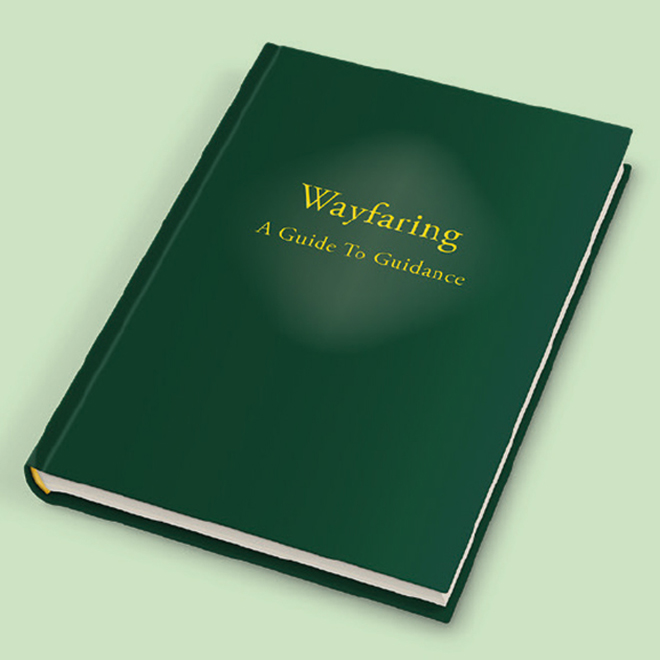A study of tribunals
Anthony Wilson reviews a study on conscientious objection
Britain was the first country to include the right to claim conscientious objection as a reason for exemption from military service. The Military Service Act of 1916 brought in conscription for the first time in Britain, to make up for the heavy losses of military lives in the first eighteen months of the 1914-18 war in readiness for the forthcoming battles, such as the Somme and Passchendaele. It was a remarkable provision – ‘the conscience clause’ – inserted into the bill following the efforts of two Quaker MPs, Arnold Rowntree and T Edmund Harvey.
